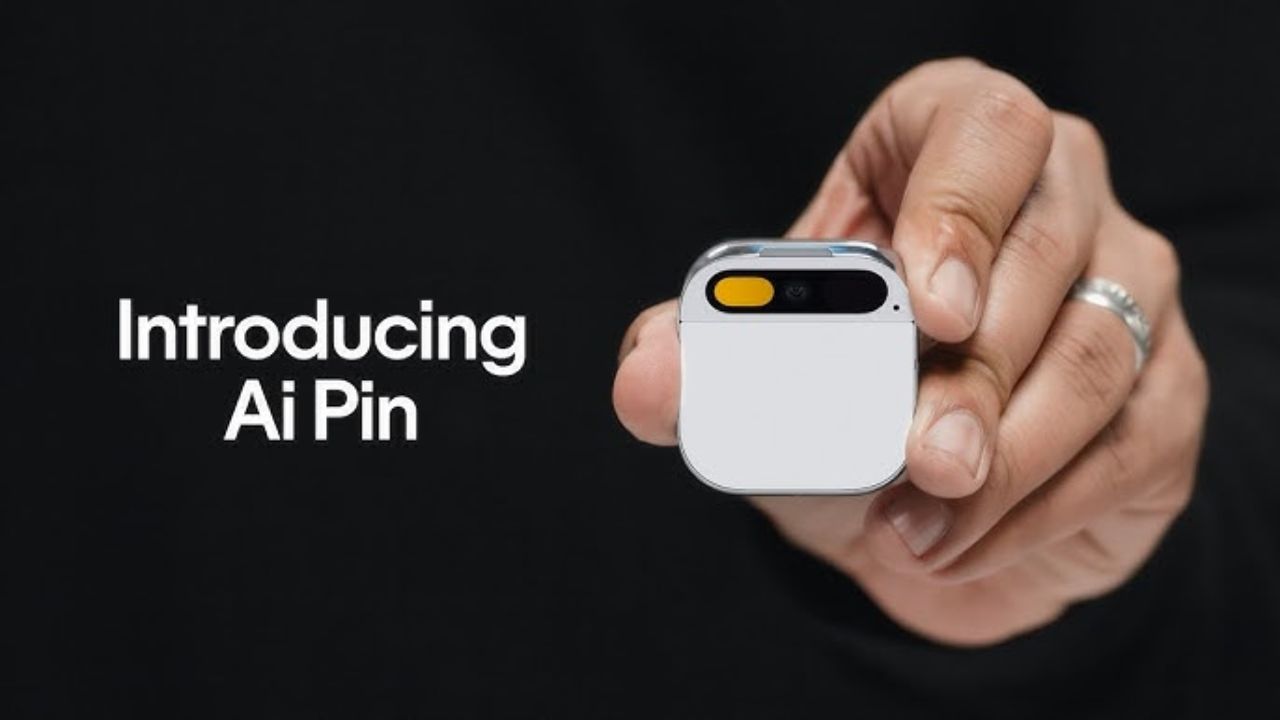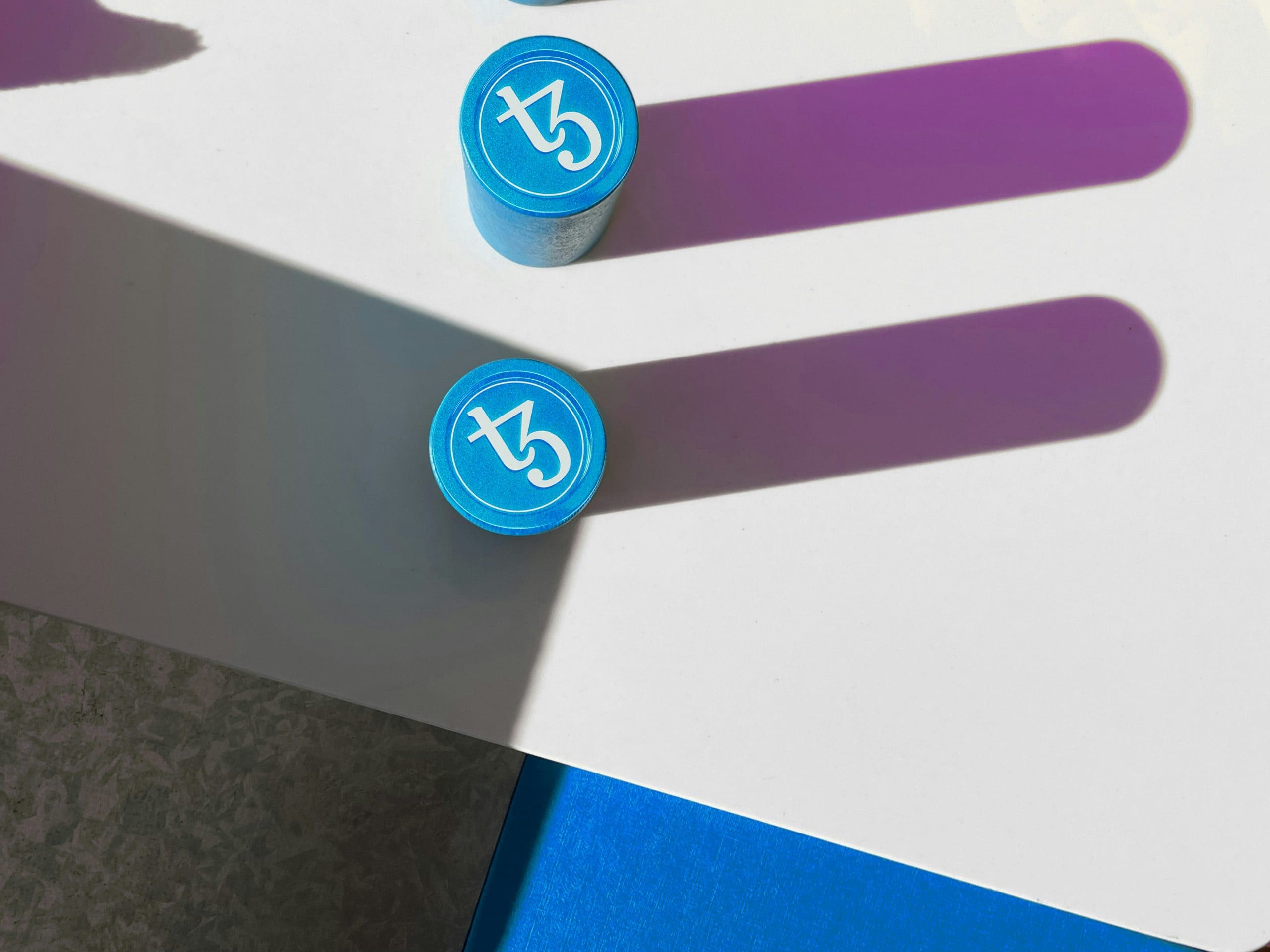The Humane AI Pin was one of the most promising wearables ever. It was supposed to revolutionize, do away with phone dependence, and reduce the use of the phone by voice-interaction that would avoid direct handling
However, high expectations surrounding the Humane AI Pin would soon be presented with tough technical and practical limitations. Reviews and experiences by customers clearly showed that much hype was involved surrounding Humane’s product that remained ambitious but insufficient in bridging a gap between tech hype and reality.
The Humane AI Pin: A Tech Flop in the Making
It is also the vision which hummed behind Humane AI Pin-a minimalist, wearable device that would be able to replicate most functions of a smartphone. Simple yet very ambitious, this will be a seamless, less intrusive way to interact with technology-voice commands and AI.
The dream, according to former Apple designers, was about a device that would filter out distractions and make things productive without needing to constantly look at the screen. The AI Pin was tiny in size – a tiny projector projecting information onto the back of the user’s hand, and a camera scanning the environment, making it sound ready for science fiction.
Weaknesses in Voice-Controlled Features : On the voice-controlled side, though, seemed to be the weak link. Control via voice sounds convenient in theory but did not go all that well in practice often finding itself quite a frustration in noise and particularly complex requests in which the device was easily tripped up.

Many users considered voice-based interactions to be pretty slow and generally incorrect. In the real world, especially in busy or loud environments, voice commands faltered, leaving people frustrated. The AI Pin was a very impractical, frustrating device on voice alone for simple tasks,” CNET and TechRadar agreed. Although the device was kind of a novelty, it’s not something one would rely on.
Hardware Issues and Heat Generation. While there is the projector that was one of the main features, the AI Pin was meant to present the information in such a way that distractions are minimal at best. However, it had issues with brightness and readability outdoors, making it hard to discern what is being presented.
Overheating became another major problem, as the device was said to become uncomfortably hot with long-term use. Also, battery life was found to be abysmal and needed charging in plenty of instances. The camera of the device didn’t fare well in low light settings, which often resulted in undesirable variation, with The Verge and TechRadar vocal about the same.
These hardware issues greatly took away the practicality and even the beauty from the product’s promise of simplicity and smooth use and interaction.
- The Pricing Barrier: Starting from as much as $700 and a subscription fee, Humane AI Pin was too costly for the majority of the customers. They did not find any reason to justify the investment when they found out what the device could do. With a price quote like that of AI Pin by comparison with the existing options like a smartphone or smartwatches its capabilities were a little too sad, and there was no app integration and that was a severe disability. Tech reviewers, including one of the popular YouTubers Mrwhosetheboss, thought that at this price, AI Pin did not provide a user experience exciting enough to replace earlier technology.
- Cultural and Management Blunders: Sources believed that internal culture too was one of the reasons for the product’s demise. Sources indicated that any form of dissent or criticism against the development of the product was not encouraged within the organisation; hence the product may not have had enough suggestions to make a difference for ameliorating the device. This “positive only” approach in company culture may have prevented engineers from speaking out and improving the AI Pin before its launch. The end result is that this lack of internal dialogue probably played a role in the product being launched simply not ready for prime time.
- Some lessons have to be Learned From: An overhyped product is a risk for its creators if it does not ensure the thorough verification of capabilities. “Visionary ideas need execution and feedback,” says Henry Liu from Humane, regarding the failure of AI Pin. “It’s like when you have a super futuristic aspiration, but you still need to meet the day-to-day usability requirement.”.
Wrapping It All
The Humane AI Pin could have become a revolutionary product, if not for the design faults in the gadget, unreliable technology, expensive cost, and unaccommodating company culture. For tech innovators, this saga of AI Pin stands as an example that the most thrilling ideas need a stable foundation of functionality and UX experience to reach their pinnacle. This short term failure will scare off ambitious tech projects, but it also makes a case for the need of good and user-centric design.






